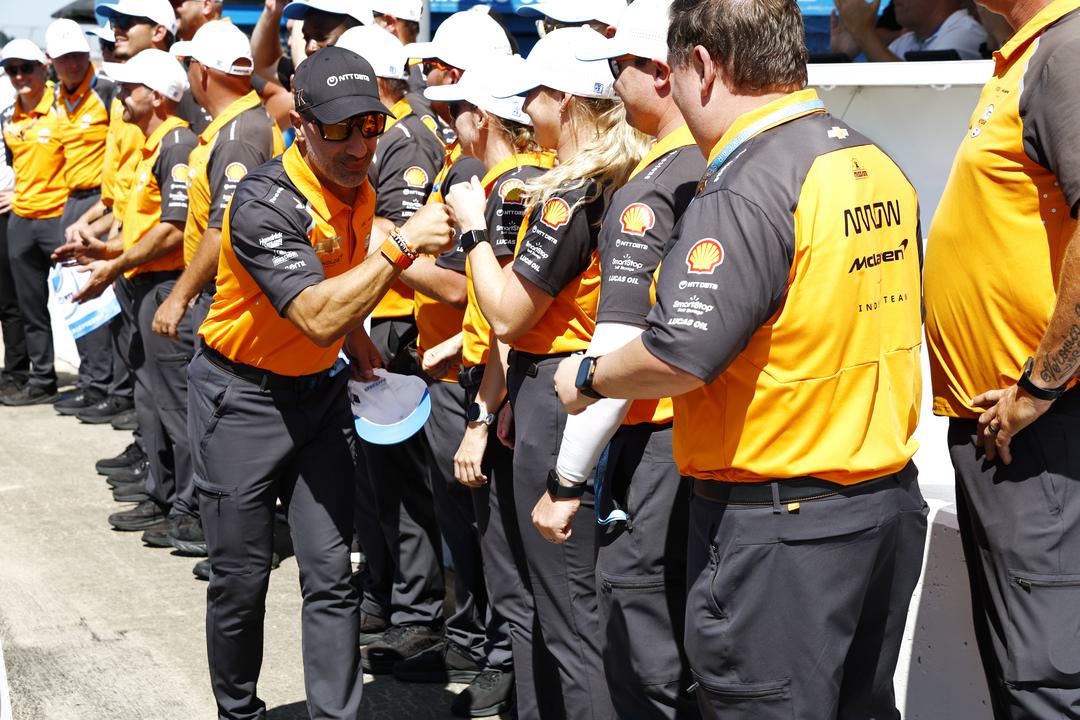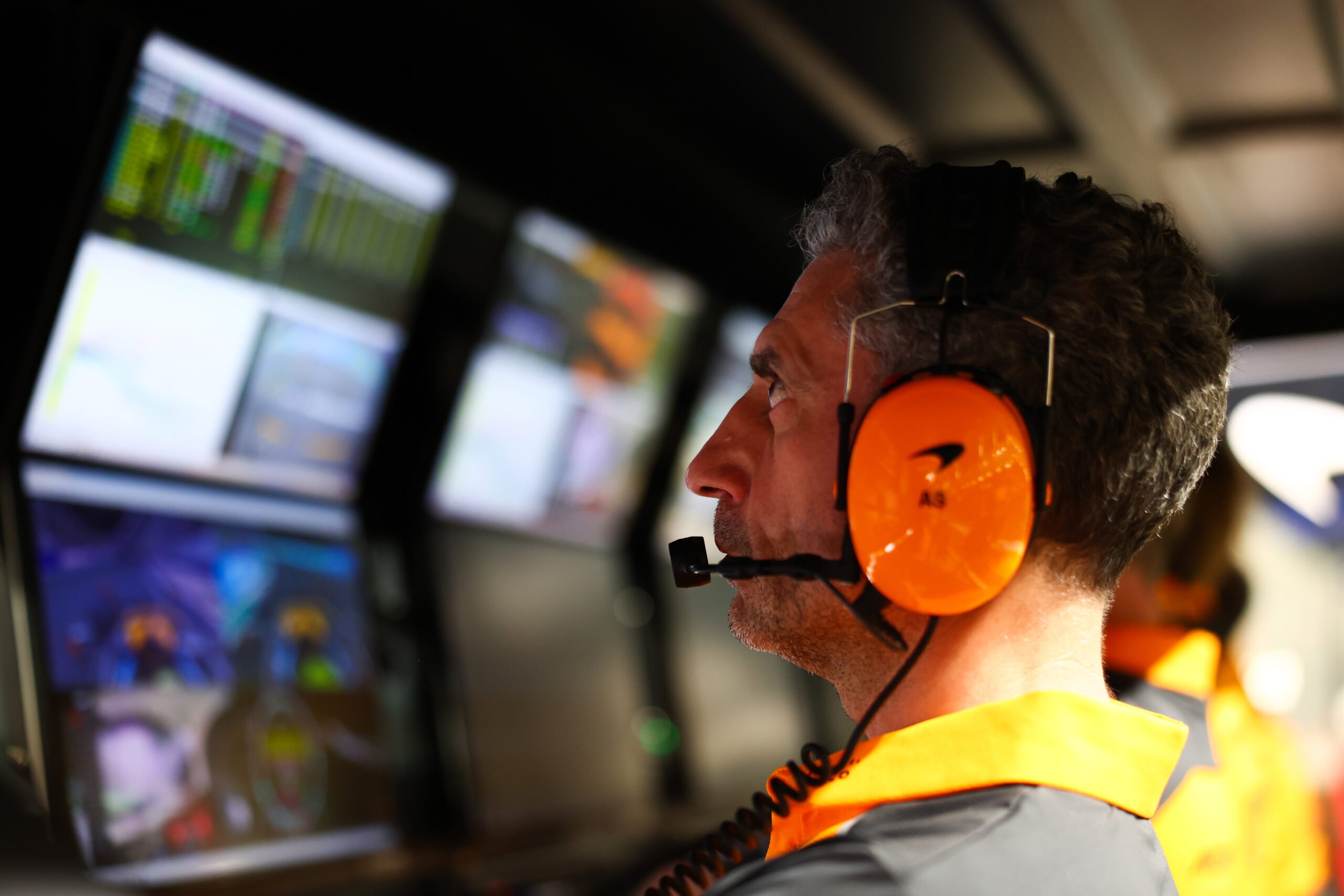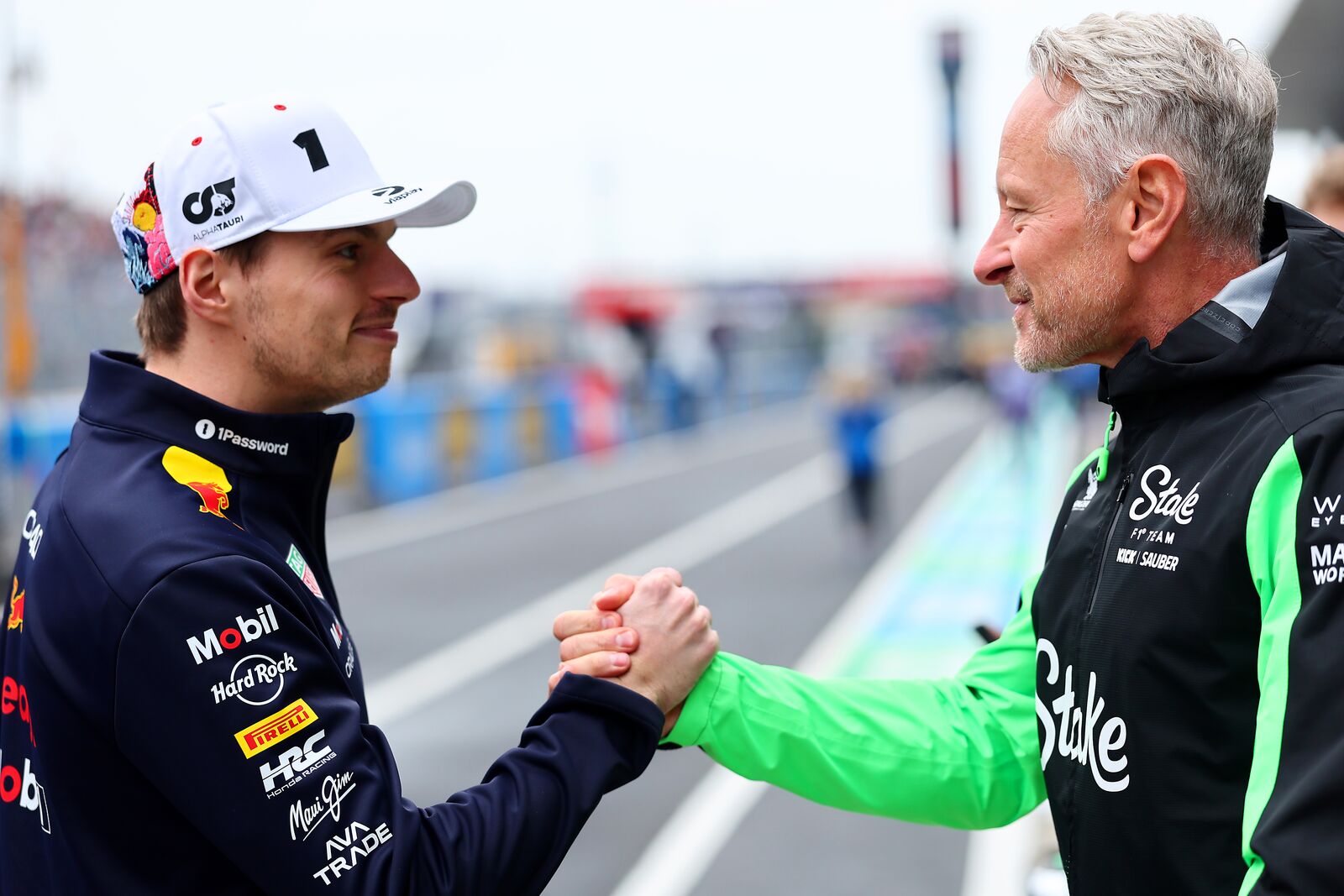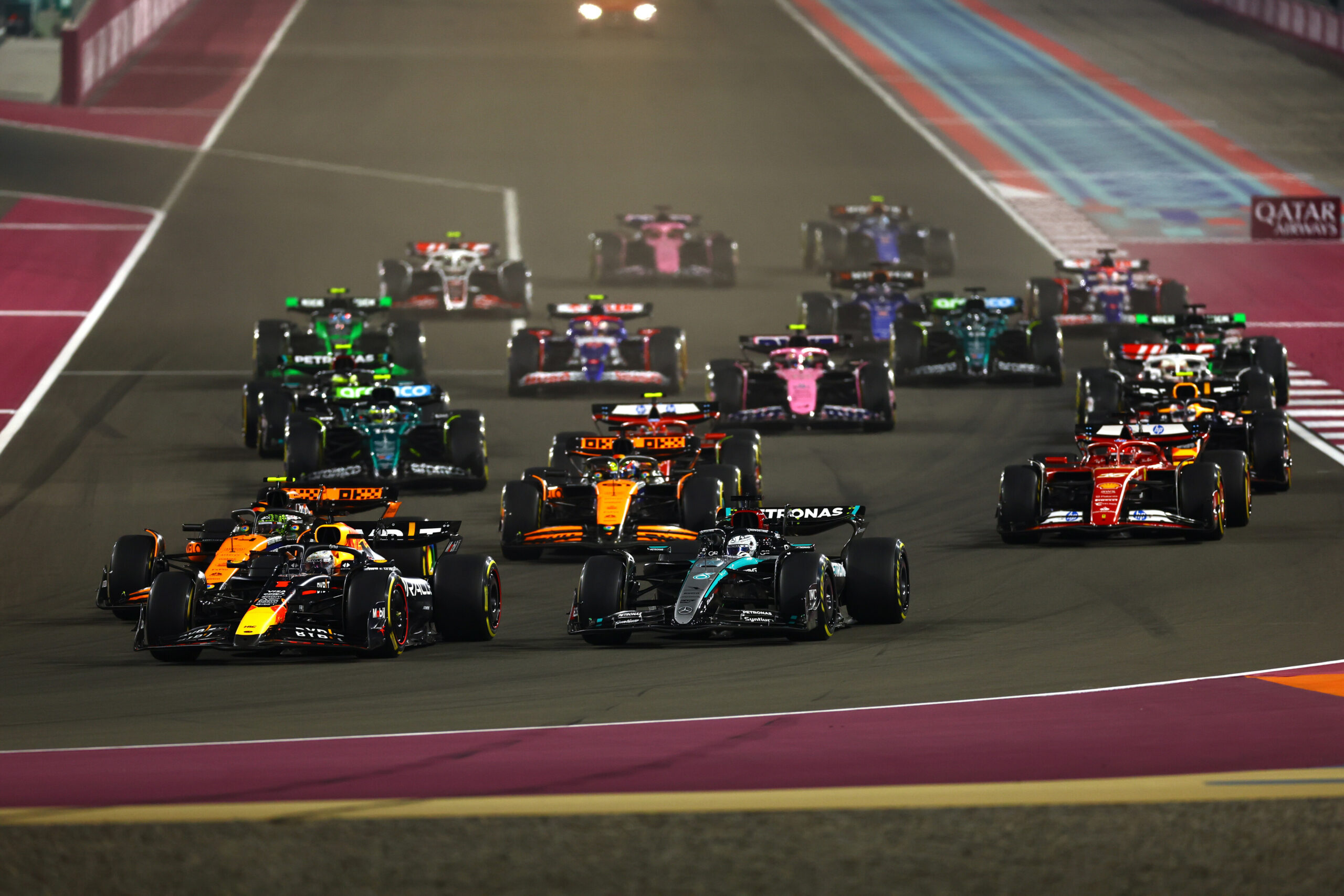Ferrari team boss Frederic Vasseur has defended a move to help with engine equalisation in Formula 1, but only if it uses the same method as the sliding scale of the wind tunnel time, which gives teams lower down the field more time to develop, without actively holding back the teams and manufacturers at the top with fuel flow restriction measures.

Photo Credit: Scuderia Ferrari
The move to reduce engine disparity in F1 was a topic of discussion during the latest F1 Commission meeting ahead of the Belgian GP in late July, with Alpine/Renault believed to be the PU manufacturer lagging behind its rivals by a significant margin. The FIA did not confirm this, but did state that there is a “notable performance gap” between one of the manufacturers and the rest in the summary of its latest meeting.
With engine development frozen since 2022 and only allowed for reliability purposes, any performance deficit that teams may have now will carry over until the PU overhaul in 2026.
Speaking after the Belgian GP, Ferrari team principal Frederic Vasseur stated that he is not against a move to create a more level playing field with regards to power unit performance, but stated that it can only happen if it is in a system similar to the Wind Tunnel time, which is a sliding scale based on each team’s position in the constructors’ championship, giving more runs for the teams lower down the field and less runs for the front-runners.
This method helps the struggling squads to catch up without actively holding back those who did a better job to start with – which Vasseur believes is the right move to avoid a “Balance of Performance”-style system in F1:
“It’s true that when we decide to freeze the engine that we consider that in exceptional circumstances we could try to find a way to support the guys who would be completely out of the range,” he said. “I’m not sure that Renault is so far away, but we don’t have the same numbers as Renault.
“It’s the first time that my engineers are pessimistic compared to the other ones, and if we have to do something it can’t be a fuel flow [restriction].
“We [must] have the same approach as with the Wind Tunnel allocation, that the [team] who is P10 has more time into the wind tunnel, and not that [it] has 10 kilos less. You allow the team or the PU manufacturer to develop, and don’t give it an advantage, [because] that would be the start of the balance of performance.”
When asked about extra allowances on the cost cap for teams to update facilities and structures – after Williams’ new team principal James Vowles stated earlier in the season that their factory was “20 years out of date” – Vasseur explained that this could be used as an exploit by the teams to keep spending more than is allowed, thus failing the objective of the regulation.
“On capex, it’s a bit different,” the 55-year-old said. “[From] my point of view, but it’s my point of view [only], is that we have a regulation [in place], we change many times the regulation – and for me the good shape of the F1 today is due to the stability.
“If you start to change the regulation each week because someone has an issue or want to invest somewhere, it’s the end of the stability and it’s a non-end process,” he said. “Because today it’s Williams [who] want to have a new ERP system, tomorrow, it will be another one [saying] ‘we want to buy new trucks’, the other one someone would like to have a last version of the simulator.”
The Frenchman believes any move to allow for extra spending outside of the cap would have to require it to “end” as it would have no meaningful impact anymore:
“[It means] that it’s a non-end discussion and we have to be clear on that. The cost cap a mega step forward for the F1 in terms of stability, convergence of performance [and] profitability of the teams. So it means that either we go in this direction and I’m fully supportive or it’s the end of the cost cap.”





